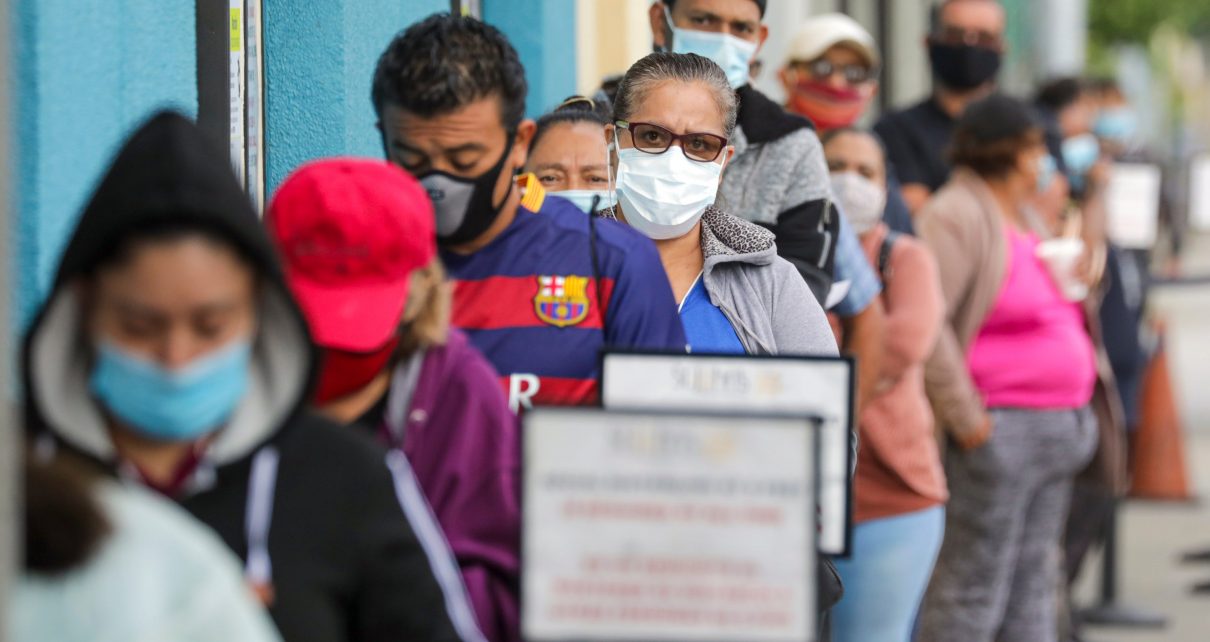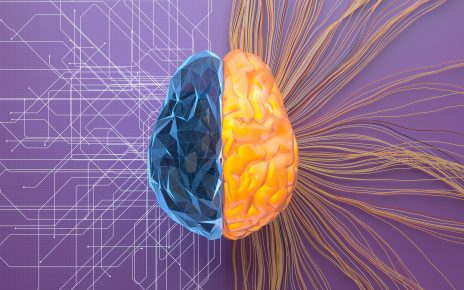The items below are highlights from the free newsletter, “Smart, useful, science stuff about COVID-19.” To receive newsletter issues daily in your inbox, sign up here. Please consider a monthly contribution to support this newsletter.
Several media outlets this week have covered hints and speculation that two SARS-CoV-2 vaccines—probably ones being tested by Moderna and by Pfizer in thousands of people—could be approved on an emergency basis in October or November by the U.S. federal government. Groups reported to be prioritized to receive these vaccines include health care workers, essential workers, national security employees, people over 65, Native Americans, prisoners, and people in some other racial and ethnic categories. It’s probably wise to pay attention to recently reported statements by Dr. Anthony Fauci, the top infectious disease official in the U.S., on this topic. In a 9/1/20 story by Liz Szabo at Kaiser Health News, Fauci says that indeed a vaccine could be available “earlier than expected if ongoing clinical trials produce overwhelmingly positive results.” An independent board called the Data and Safety Monitoring Board has the authority to recommend cutting vaccine experiments short if strong results come in, Szabo reports. Fauci says he trusts this board to eschew political influence, the story states. And people also should trust the vaccine approval process because the experimental data behind any recommendations or decisions will be made public, Fauci is described as saying. Others quoted in the story raise concerns about stopping these large-scale efficacy and safety studies early.
A string of new research and an editorial all published in the medical journal JAMA suggest that inexpensive, widely available anti-inflammatory drugs called corticosteroids—specifically dexamethasone, hydrocortisone, and methylprednisolone—reduce deaths among people with severe COVID-19, reports Roni Caryn Rabin at The New York Times (9/2/20). These anti-inflammatory compounds are often just called “steroids,” but they are not the same as the anabolic steroids that can be misused by athletes. The new findings prompted the World Health Organization to update its COVID-19 treatment advice and strongly recommend the corticosteroids for “severely and critically ill patients, but not to those with mild disease,” Rabin writes. JAMA’s editor in chief is quoted in the story as saying, “Clearly, now steroids are the standard of care [for severe and critical COVID-19].” COVID-19 patients often die of the body’s extreme immune response to the virus, which leads to inflammation, the story states: https://www.nytimes.com/2020/09/02/health/coronavirus-steroids.html.
My ears perked up a month or so ago when a children’s hospital infectious-diseases pediatrician told me she treated the first reported case in her state of the rare multi-system inflammatory syndrome affecting some children exposed to the new coronavirus. In the U.S., the syndrome is known as MIS-C; it’s called PIMS in the UK and some other places. The pediatrician said it’s difficult to determine how to treat children with MIS-C because there are no senior colleagues to draw on who have in-depth experience with the syndrome—COVID-19 is only 8 or so months old and doctors only described MIS-C in late April. I grew curious about how doctors solve that problem with this dangerous condition, which it turns out is more life-threatening and potentially harmful to kids than COVID-19 is. MIS-C can cause long-term damage to children’s hearts. So, I reported and wrote a story for Scientific American about what is known so far about diagnosing and treating MIS-C (9/1/20). Corticosteroids are among the treatments that some doctors have prescribed, but their true effectiveness is unclear because there are no randomly assigned, controlled experiments under way yet to test this treatment and others for MIS-C.
It’s well-known by now that COVID-19 also damages the hearts of many of its adult victims. In a 8/31/20 essay for Scientific American, emergency department physician Dr. Carolyn Barber describes a related phenomenon—new findings of potentially fatal heart damage in people of all ages, including some previously healthy college and professional athletes, weeks or even months after a symptom-free infection with the new coronavirus. These patients come to suffer from myocarditis, or inflammation of the heart, which often manifests with shortness of breath, a racing heartbeat, chest pain, fever, or fatigue, Barber writes. The long-term impact could be significant, according to a cardiologist at the DZHK Centre for Cardiovascular Imaging in Germany who is quoted (from an email) in the piece. He writes: “My personal take is that COVID will increase the incidents of heart failure over the next decades.” Some cases resolve on their own, the story states, but the best defense for now is not getting the virus.
Testing for SARS-CoV-2 and then isolating people who test positive have proven key to gaining control over the pandemic in many countries. In an excellent, in-depth piece in The New Yorker (9/2/20), surgeon, writer, and public health researcher Atul Gawande lays out the morass of issues that make it difficult to obtain such a test in the U.S. As part of the solution, he proposes a “national grid,” as we have for the nation’s electricity, “for the generation, transmission, or distribution of our testing supply.” Currently, he notes, “the vast majority of infected Americans, including those with symptoms, never get tested.” To be effective for controlling outbreaks, tests should be repeated at least weekly and possibly daily, he reports. The problem is not a lack of technology for testing, he states. It’s that there has been no coordinated implementation to effectively deploy all this technology. Better logistics to manage billing systems, the flow of people at test sites, and of swab, reagent, and test tube supplies will be key to fixing coronavirus testing in the U.S., he writes. And better logistics also could improve the logjams that occur with the four companies that process most test samples in the U.S., Gawande writes. Some U.S. labs could pick up the slack, but currently go largely unused, he reports. The piece concludes with a forecast for “one of the worst falls and winters in American history,” but Gawande also notes some collaborative advances and communities that are doing things right, recognizing that public health is part of health care.
You might enjoy “Updated guidelines for what not to wear after Labor Day,” by Caroline Doyle and Ginny Hogan, for McSweeney’s (9/2/20).


